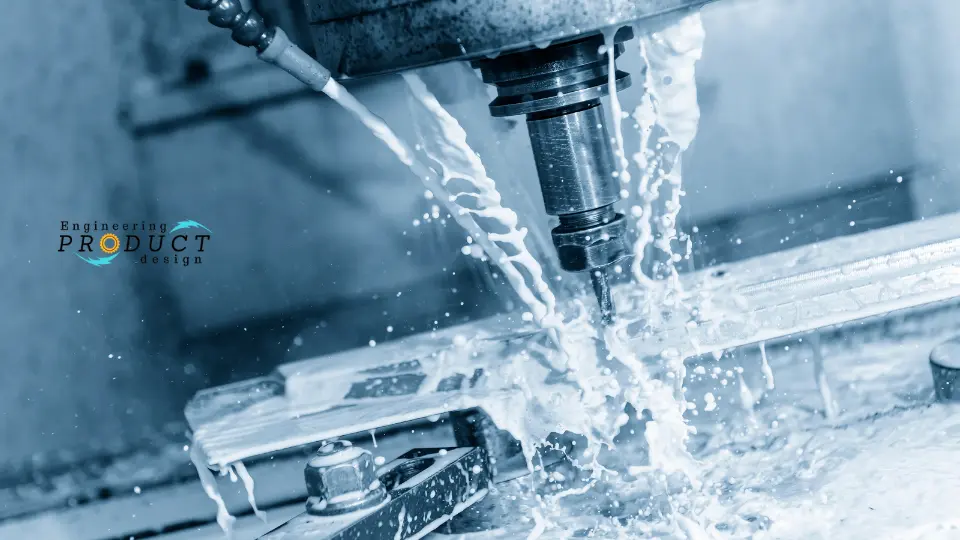CNC machining is currently the most extensively used subtractive manufacturing process today, and it is a highly flexible and durable method for creating custom metal and plastic parts. Computer numerical control (CNC) machines accurately cut away material from a block of raw material using various sharp cutting tools.
What is CNC Machining?
CNC machining is currently the most extensively used subtractive manufacturing process today, and it is a highly flexible and durable method for creating custom metal and plastic parts. Computer numerical control (CNC) machines accurately cut away material from a block of raw material using various sharp cutting tools.

Operator programs the tool path in CNC machines which controls the type of tools to use, speed and the movement of three axes. Hence three-dimensional cutting tasks can be completed using CNC machining in a single set of prompts.
Part Geometry in Machining
Machined parts typically fall into either Rotational such as a spindle, or non-rotational, also known as Prismatic.
Rotational workpieces are cylindrical, flat circles or tubes, while Non-rotational workpieces are blocks, plates or open boxes with various features.
Machining types
Manufacturing uses many material removal processes, but conventional machining processes typically fall into conventional machining types such as milling, Abrasive processes like grinding and advanced machining processes like water cutting.
Modern-day machines are computerised and hence typically called CNC, can be grouped into the following types.
- Milling
- Turning
- Drilling
Because of the characteristics of each machine type, milling, turning, and drilling are each distinctively suitable for manufacturing different geometries.
CNC milling machines are milling machines that use alphanumerical data to control the cutter path rather than a physical template. They are particularly well suited to profile milling, pocket milling, surface contouring, and die-sinking operations that require simultaneous control of two or three axes of the worktable to achieve the cutter path.
Advantages and disadvantages of CNC machining
Advantages of CNC machining
- The parts are highly accurate.
- A wide range of materials can be machined.
- Parts have superior physical qualities and are less susceptible to internal stress than other procedures.
- The cost of getting started is cheap. Retention of jobs so that they can be rapidly run again later.
- Changes may be made quickly and simply for development or throughout a production run.
- Parts can be customised.
- CNC is highly automated, making it cost-effective for high-quality one-off items and medium to high-volume manufacturing. In addition, almost any material may be utilised with CNC.
Disadvantages of CNC machining
- When compared to 3d printing technologies, the setup cost is substantial.
- CNC typically produces just one item at a time, and cycle durations for complicated parts can be longer when compared to injection moulding, die casting and 3d printing.
- Due to the subtractive nature, there is some waste as chips generated are wasted. However, depending on the material used, this can be recycled. But energy to remove is still considered waste.
- Part geometry is constrained because of tool access and workpiece holding.
- Complex geometry requires multiple setups, even on multiaxis CNC machines increasing the cycle time and cost.
Metals for CNC machining
- Aluminium alloy
- Stainless steel
- Mild Steel
- Brass
- Copper
- Alloy Steel
- Tool steel
- Titanium
- Inconel
Plastics for CNC machining
- Nylon
- ABS
- POM – Delrin – Acetal
- PEEK
- PTFE
- Polyethylene
- Polycarbonate
- PMMA
- PET